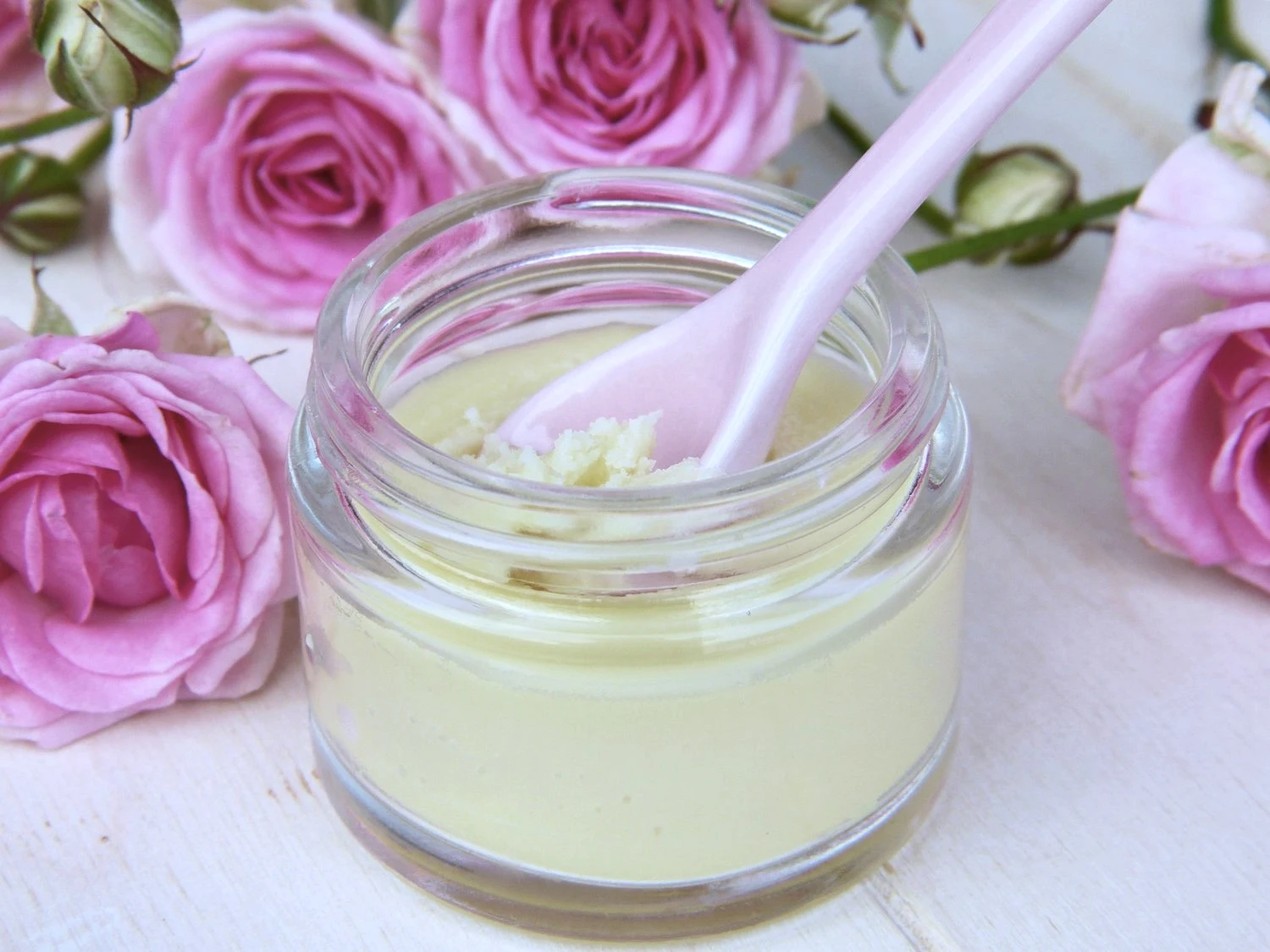Acne is a problem that affects many people and while the condition is curable, it sometimes leaves behind scars that can really mess up your skin. Acne scars can result from tissue loss, leading to atrophic scars or excess tissue formation that causes hypertrophic scars.
This can be frustrating as the scars increase with time. When this happens, you may require treatment to improve your skin tone and texture. Fortunately, acne scars can be treated and your skin condition improved. However, this will take more than just a quick fix; it is a gradual process that when followed through bears fruit in the long run. In this article, we will look at three ways to constantly improve your acne scars.
Fraxel Laser Therapy
Fraxel laser therapy is a non-ablative laser treatment used for healing and improving acne scars among other flaws on your skin. The laser causes controlled micro-injuries to your skin which stimulates new collagen production and kick-starts a wound-healing process.
This leads to the growth of new and healthy skin cells that replace the dead damaged cells and hence improve skin flaws. This method is more effective than the use of topical treatment when dealing with textured scars. You can also treat a fraction of the skin at a time which leaves the skin surrounding your scar intact and saves you from losing healthy skin.
Normal Fraxel treatment is better for mild to moderate acne scarring, hyperpigmentation, and fine wrinkles. For deeper acne scarring, an ablative version of the treatment, fractionated carbon dioxide laser is used. The number of sessions required depends on the severity of your scars. Still, one session should improve the appearance of your scars; results get better with subsequent sessions.
Among the side effects to expect include reactivation of cold sores, slight swelling and reddening, itching, scaling, and temporary skin darkening for people with darker skin tones. In rare cases, you can have blistering or infection, especially with the ablative type. The common side effects should subside within 7 days of treatment.
Chemical Peels
Use of chemical peel is a method where a strong acid is used to remove the top layer of your skin. This layer contains most of the flaws and scarred skin cells. This enables newer healthy cells to grow and replace them. The result is much smoother and less blemished skin. Several sessions may be required to improve your acne scars, depending on their severity. Some specialized medical centers like Bliss Medical Spa offer peel treatments for post-acne and skin texture improvement.
Chemical peels can be superficial, medium, or deep, each getting more drastic than the last, and the chemicals used to get stronger. Downtime also increases with the depth of the treatment. The type needed by your skin is dictated by the severity of your scars. Deep peels give long-lasting results but due to the risk of skin bleaching or hypopigmentation, they are not recommended for dark-skinned people.
Chemical peels are usually done by a dermatologist but there are mild solutions that can be used at home. Commonly used over-the-counter chemical peels contain Beta-hydroxy acids (BHAs) and Alpha-hydroxy acids (AHAs). Risks associated with chemical peels include skin irritation, burning sensation, cold sore flare-ups, and in rare cases, scarring. Temporary or permanent skin color change can also occur especially for dark-skinned people, pregnant women, and those on birth control pills. While recovery time, aftercare, and results depend on the type of peel done, cleansing, moisturization, and UV protection are needed for each.
Using Topical Treatments
Serums used for treating acne scarring contain active ingredients that help to improve the appearance of your scars. This may include retinoids, Vitamin C, and certain acids. Topical retinoids work by exfoliating dead skin and stimulating new skin cell growth to gradually give rise to less blemished skin. This helps with both scars and hyperpigmentation that follow acne.
Vitamin C promotes the production of elastin and collagen, two of the most important components in skin regeneration. Lactic acid, salicylic acid, and AHAs are used to improve the texture, clear hyperpigmentation, reduce swelling and reddening, and exfoliate your skin to make your acne scars less noticeable. You can get these products OTC or by prescription. The instructions for use are dependent upon the product, the severity of your scars, or your dermatologist's prescription.
Other topical treatments like Gundry MD Dark Spot Diminisher assist in reducing the visibility of discolored and dark patches on the skin. Pick products with potent antioxidants and polyphenol extracts, as they aid in combating environmental factors that lead to skin pigmentation and contribute to skin aging.
Some of the side effects that come with topical treatments include irritation, dryness, and photosensitivity. With sunscreen and moisturization, you should be able to get by. If you have sensitive skin, you can try a spot treatment to reduce the side effects.
To Sum Up...
Acne scars can really dampen your confidence especially since they come after acne, another annoying skin condition. Luckily, they can be improved and possibly diminished with time.
The treatments and procedures mentioned above can get you started on your journey to scar-free skin. It is always important to consult a dermatologist who can recommend the right treatment for you. Lastly, like with other skin flaws, the journey requires patience, consistency, and realistic expectations.
Lots of love,
Liz








